A new group photography exhibition at London’s TJ Boulting gallery will explore the diverse use of the body, and primarily the female body, in photography.
Coinciding with the opening of Photo London, the exhibition presents a combination of established and emerging photographic artists, each of whom apply a varied range of techniques to explore their body within the medium.
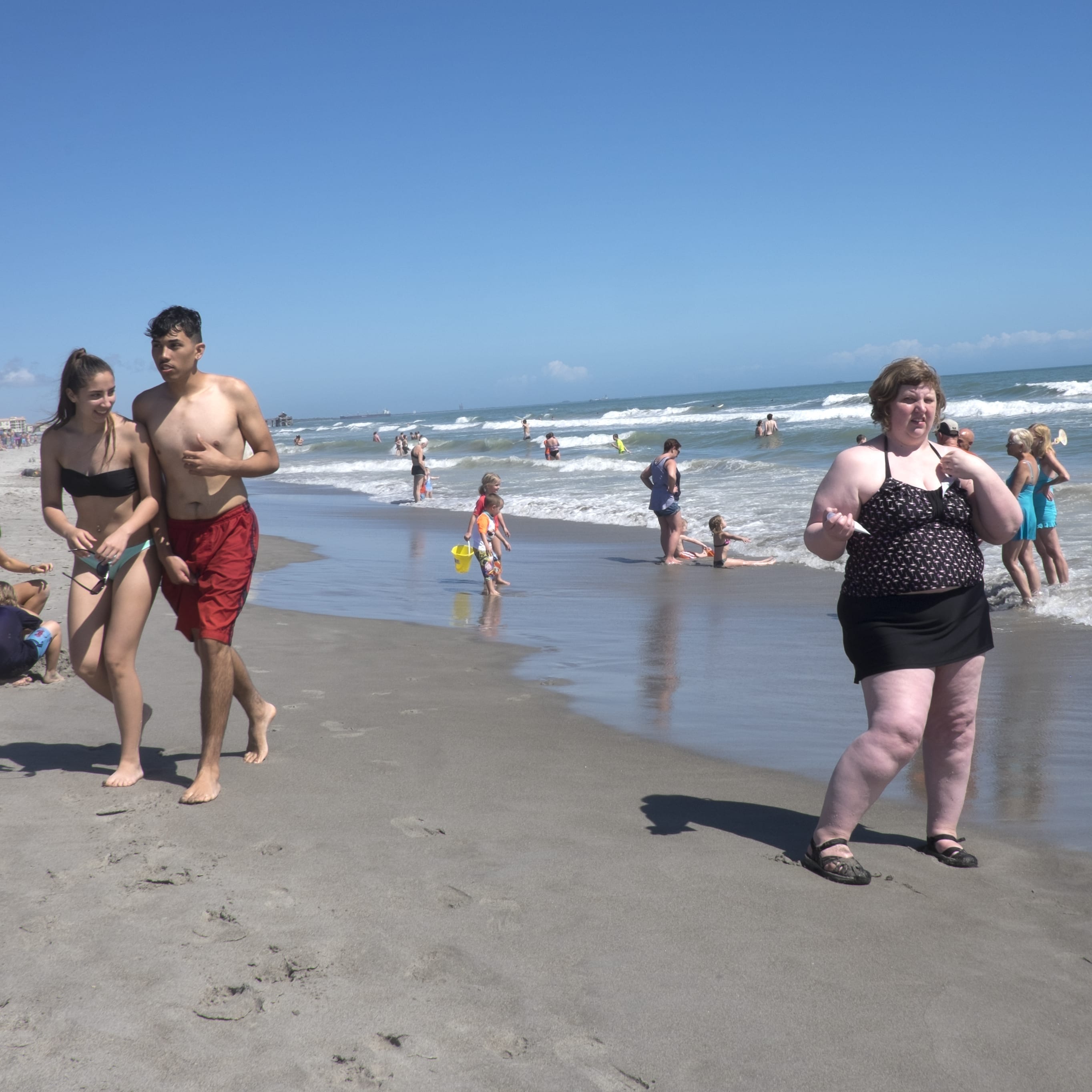
The photography serves as a fascinating insight into the cruelty of human nature, charting bold territory for a photographer as a way of relating to their own body.
The ultimate exploration of the physical self in relation to personal existence is depicted in the work of British artist Jo Spence, who lived with cancer for the last decade of her life. The images in this exhibition are from the series she created from the experience, titled The Final Project.
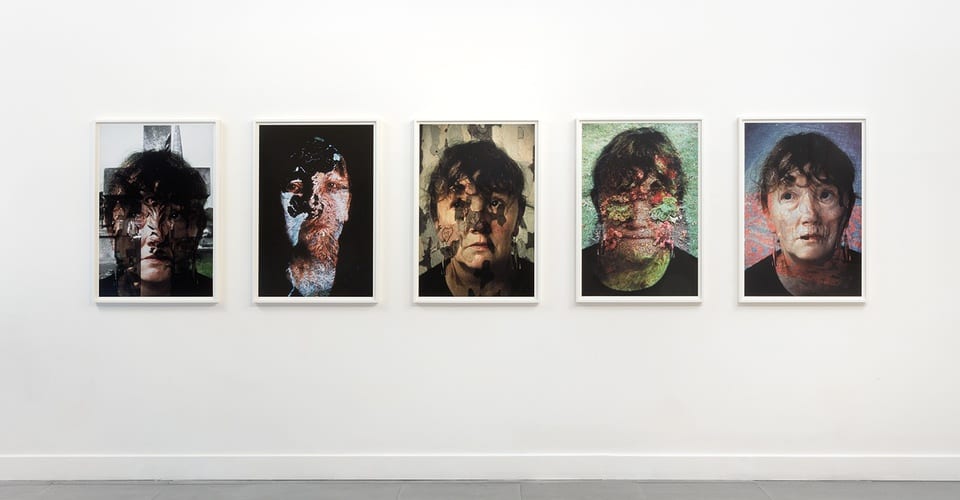
She would often show her body ‘returning to nature’, floating superimposed on a rocky shore, or superimposed against images of torn materials, blood cells or landscapes.
The nude female body has long been celebrated as an aesthetic form, but here three female artists show themselves in subversive, playful forms, a vessel for making broader points about our societal and cultural hang-ups and concerns.
Juno Calypso’s surreal self-portraits, taken as her alter ego ‘Joyce’ in a honeymoon hotel in Pennsylvania, reference both society’s obsession with beauty, with references to both iconic advertising campaigns and popular horror films.
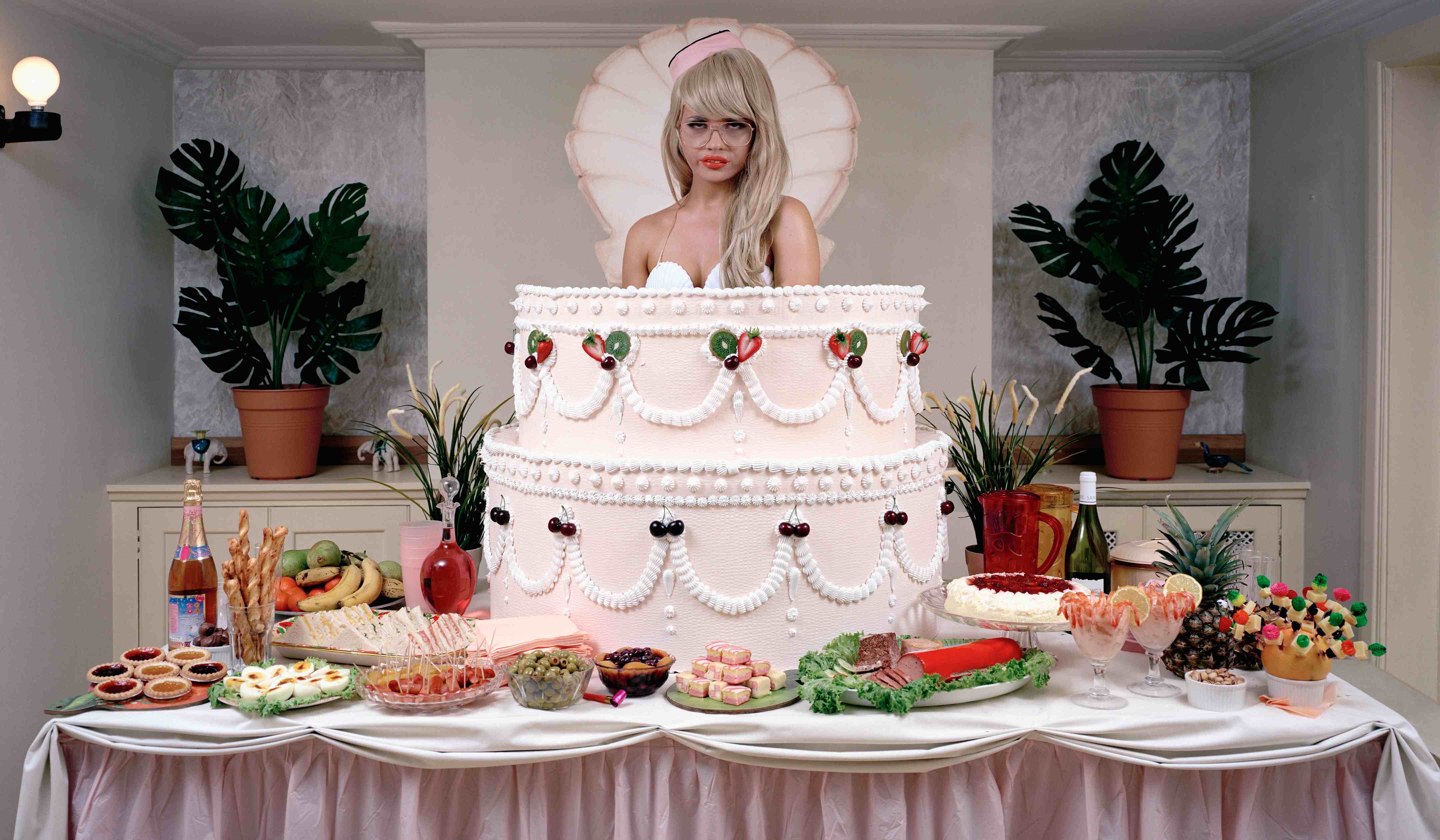
When her host had left the room, Kahil would quickly removed her clothes and pose for a self-portrait, using the self-timer on a small, compact camera. Her host would return oblivious to what has just happened.
The photography, Kahil says, is a way of “intuitively and secretly appropriating other people’s private spaces with my own nude body.

“There results, through the displacement of the body, a sometimes fusional, sometimes clashing layering of two subjects – one present and the other absent– in the frame created by the photographic composition.”
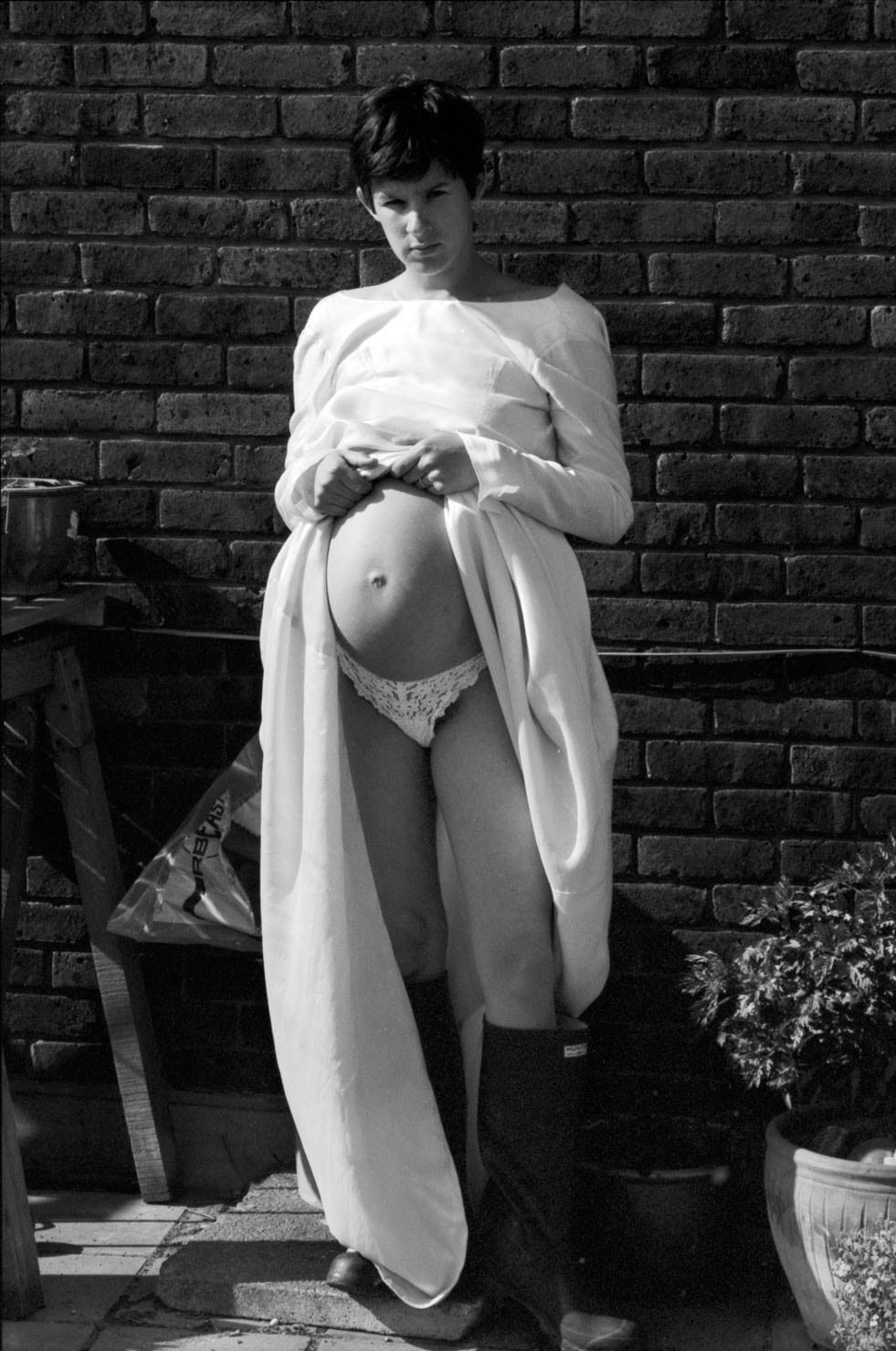
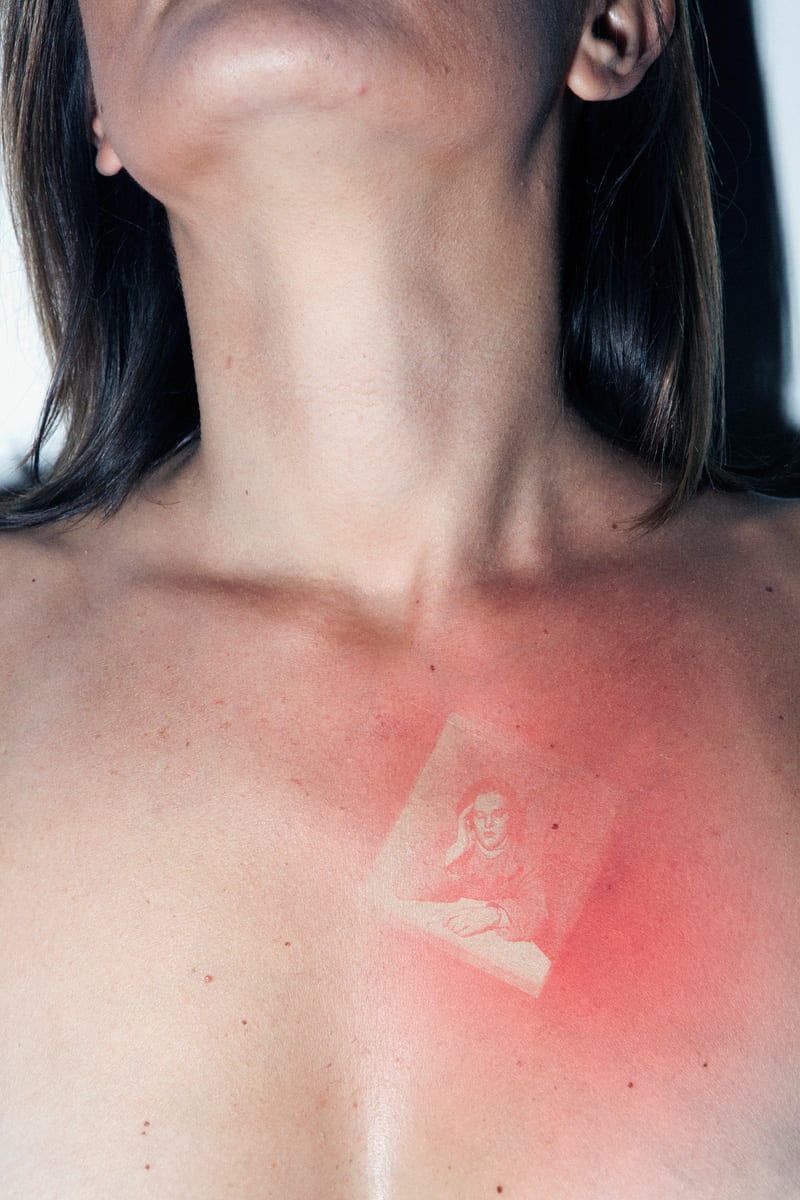
Mailaender took old large format negatives from the vast London-based photographic archive, the Archive of Modern Conflict. He then burned images directly onto the skin of people using UV sun lamps. The body itself becomes part of the image-making process, a brutal twist on the physical nature of human skin, as it imitates the developing chemical processes of photography.
Now You See Me is exhibited at TJ Boulting, 59 Riding House St, London W1W 7EG, from 18th May to 2nd July. More information available here.

